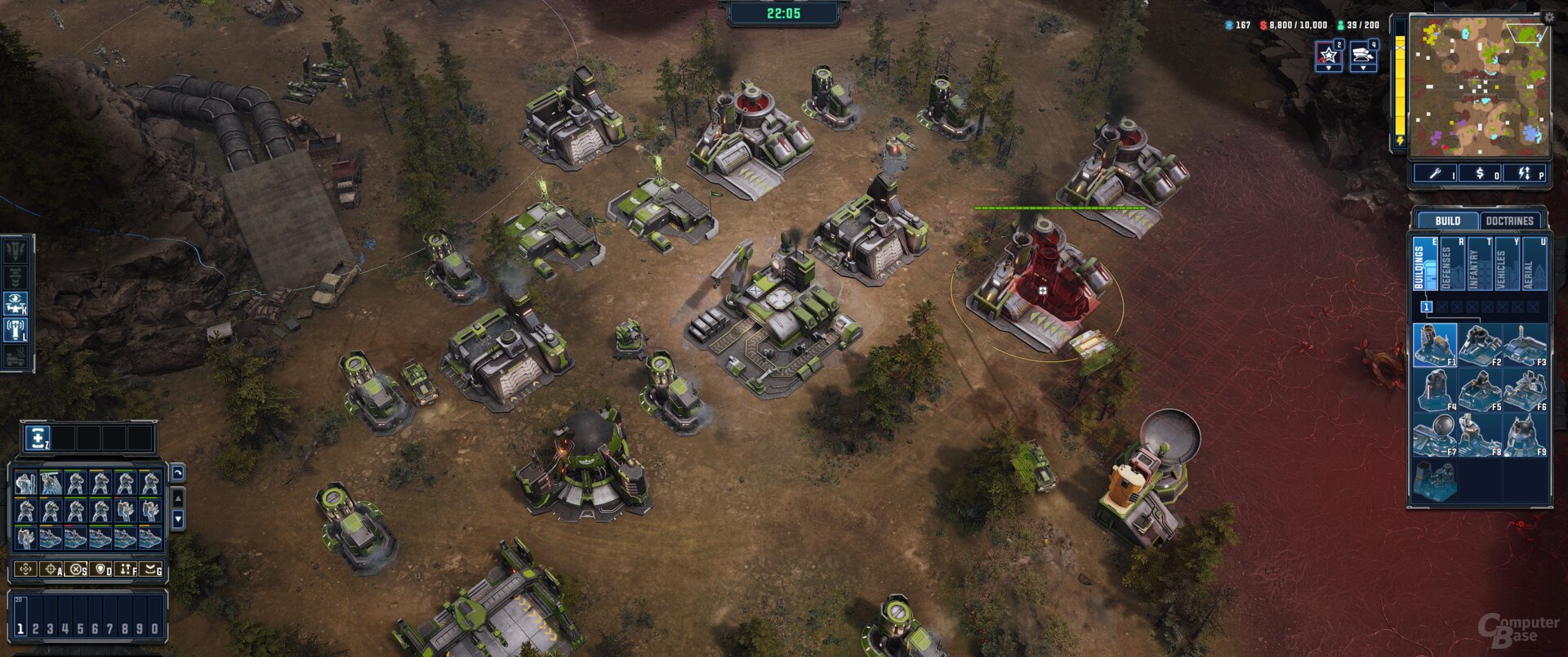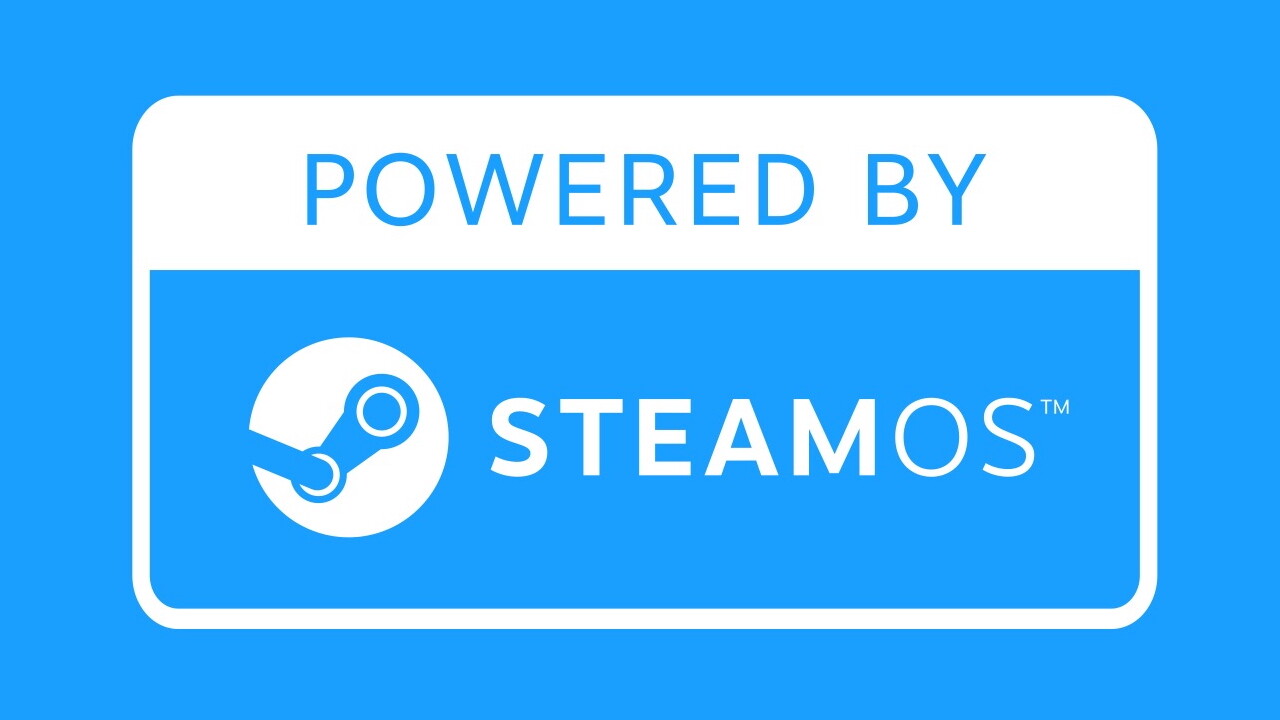Tempest Rising in the Test: “Command & Conquer with UE5” at 23 GPUs in the benchmark 0 Comments

How does the real-time strategy game Tempest Rising perform on PC? The technology test provides benchmarks for 23 graphics cards from Nvidia GeForce, AMD Radeon, and Intel Arc. The test results generally show high frame rates in the game, and entry-level GPUs also perform well with the strategy game. Contents 1 “Command & Conquer with UE5” with 23 GPUs in the Tempest Rising benchmark: The PC version’s upsampling technology (NVIDIA DLSS / AMD FSR) In the widescreen analysis In the short official system test The graphics menu in detail, compatibility Benchmarks of the reload heads (WQHD, UWQHD & UHD), Benchmarks and WQHD, UWQHD & UHD), Benchmarks (WQHD, UWQHD & UHD) The VRAM test system and reference scene benchmarks in WQHD, UWQHD and Ultra HD The CPU plays an important role 60 fps on RTX 4060 and RX 7600 – What should I do? Is the frame rate boost completely sufficient VRAM? What is it? 3 Conclusion
Tempest Rising: The PC version’s technology
Tempest Rising is almost Command & Conquer. Whether it’s the graphics style, the buildings, the parliamentary groups, or the resources, it’s simply reminiscent of the grand model of real-life strategy. And it’s also sophisticated, as the developers frankly point out. Logically, there’s no parallel at all in terms of technology: Tempest Rising is based on the Unreal 5 engine.
The game hasn’t become a graphical masterpiece, but it still looks quite stylish for a strategy game. Especially in the big battles, something really happens on the monitor, but otherwise, the eye feels the same way. Units are displayed in detail, and environments display a few details. The graphic designers have done a good job, but there’s still room for improvement.
For example, the developers at Slipgate Ironworks have gone the extra mile with their use of lumens and thus software ray tracing. Especially with the help of world lighting, a lot of quality could have been brought out of the game—although, of course, at the expense of graphics card performance. Optionally, this would have been a good thing. But the status quo also has an advantage: the game also runs very well on slow graphics cards. Technical Features of the Rising Properties Developer Slipgate Ironworks Publisher 3D Realms
Knights Peak Engine Unreal Engine 5 API DirectX 12 NVIDIA Reflex ✓ (with frame generation) Nvidia Reflex 2 No AMD Anti-LAG 2 No HDR NO WIDES (RR) No NVIDIA DLSS Frame Generation (FG) ✓ Nvidia DLSS Multi Frame Generation (MfG) No AMD FSR 4 Super Resolution (SR) No AMD FSR Resolution (SR) ✓ AMD FSR Frame Generation (FG) ✓ Intel Xess Super Resolution (SR) ✓ Intel Xess Frame Generation (FG) No Epic UE TSR (SR) No Native resolution + Upsampling No direct to upsampling analysis Raytracing NO 60 fps in Benchmark (with DLSS / FSR Quality) WQHD RTX 5060 / RX 9070 / RX 7600 UWQHD RTX 5060 TI / RTX 4060 / RX 9070 / RX 7700 XT UHD RTX 5070 / RTX / RX 7700 XX XT directly to the release benchmarks – datum April 24, 2025
April 17, 2025 (Deluxe Edition) Price per version 40 Euros
50 Euros (Deluxe Edition)
Upsampling (NVIDIA DLSS / AMD FSR) in DER Analyze
Tempest Rising offers NVIDIA DLSS 3.7.10.0, AMD FSR 3.1, and Intel Xess 1.3 in super-resolution. DLS 4 and FSR 4 are not supported, and AMD and NVIDIA applications do not recognize the game for expansion to improve sampling (replacement). In this regard, it must be maintained for driver updates or external unofficial tools. Additionally, AMD and NVIDIA support the growing generation of Tempest frameworks, but not Intel. However, AMD’s solution also works on Intel.
Tempest Rising has a unique quality setting for super-resolution. With DLSS and FSR, everything is as usual with Ultra Modified performance at quality, but there is also a Highest Quality mode that sets the downscaling to 80% – the quality is 67%. However, there is no DLSS or FSR at native resolution. Intel’s Xess relies on the same names as DLSS and FSR in games, but uses the reduced resolution factors from Xess 1. As a result, the quality in Xess has a resolution of 59%, the highest at 67%, while the 80% factor in Xess doesn’t even exist. This isn’t particularly cleverly resolved.
In Tempest Rising, the image quality differences from super-resolution sampling are significantly smaller than in many other games. This isn’t surprising either; a fixed isometric view has always been a best-case scenario for the algorithms. As a result, FSR 3.1, for example, doesn’t completely separate itself from the performance mode in Ultra HD, but still delivers a decent image, although there are some noticeable issues, which are much less pronounced than usual. But this shouldn’t distract from the fact that DLSS 3 offers a visibly better image. Frame generation must be enabled consistently
Unlike in many other games, frame generation in Tempest Rising is a tool that actually offers only advantages. While performance measured in FPS is significantly increased by the game’s functionality, the usual drawbacks still play a role in the title, but that doesn’t matter: there are no graphical errors due to hectic movements, as there are no hectic movements in Tempest Rising. Latency doesn’t improve with frame generation as usual, but the disconnect between FPS and latency is also irrelevant in Tempest Rising—because the camera isn’t directly controlled. Therefore, the publisher’s recommendation is to always enable frame generation. Except in extreme situations such as low rendering frame rates, there should be no problems.
Widescreen in a short test
Most games today support popular widescreen formats, but not all titles do. Techastuce captured the following two screenshots in 3440×1440 (UWQHD) and 2560×1440 (WQHD) resolutions, which correspond to the 21:9 aspect ratio and the classic 16:9. This shows how the game performs at widescreen resolutions. 21:9 Aspect Ratio
21:9 Aspect Ratio Figure 1 of 2
Official System Requirements
Minimum Recommended Operating System: Windows 10/11 (64-bit) Processor: AMD Ryzen 5 1600
Intel Core i5-8600 AMD Ryzen 5 5600X

Nvidia GeForce GTX 1060 AMD RADEON RX 7600 XT
Nvidia GeForce RTX 3060 VRAM: 3 GB 8 GB Storage Space: 50 GB SSD
Graphics Menu in Detail
Graphics Presets ✓ (Epic, High, Medium, Low) Individual Graphics Options ✓ FPS Limiter ✓ Dynamic Resolution Not Game-Specific / Downscaling ✓ / No Spatial Scaling AMD / NVIDIA NO / NO SELUDING NO FPS COUNTER
Loading Times
Some games load incredibly quickly, others take forever. Equipped with a stopwatch, the editorial team measures loading times in the main menu and then from there to the test sequence. Since loading times can vary, this is done three times and then an average is calculated. The computer is rewritten between each attempt so that there are no more files in the cache. If there are stop intros or video sequences, you will be clicked, because only the pure loading time is important. If the game is significantly pre-compiled, this run will not be included in the bill. The shader creation time is given separately.
It’s worth keeping in mind that the computer base consists of a high-end PC equipped with a Ryzen 7 9800x3d and a Seagate Firecuda 530 as a PCIE 4.0-compatible NVME SSD. As a result, loading times on most systems will be longer. The values here are for guidance only.
How quickly the game prompts you to the main menu of the test sequence shader compilation menu 21 seconds 5 seconds yes (once, a few seconds)
Official Steam Deck Compatibility
When games appear on the Steam platform, they often run on the Steam Deck. The editorial team doesn’t always have the opportunity to check the performance of the handheld console, but Steam always provides a general rating of compatibility with titles. How it fails can be found here in the article.
Valve has not yet announced Steam Bridge compatibility ratings for Tempest Rising.
Page 1/3 Next Page
Benchmarks (WQHD, UWQHD & UHD), Frametimes, and VRAM Topics: AMD Arc Benchmarks Real-Time Strategy Gaming GeForce Graphics Cards Intel Nvidia Radeon Image Image Overview

A lifelong video game enthusiast, Julien reviews the latest releases and explores the technologies transforming the gaming world.


